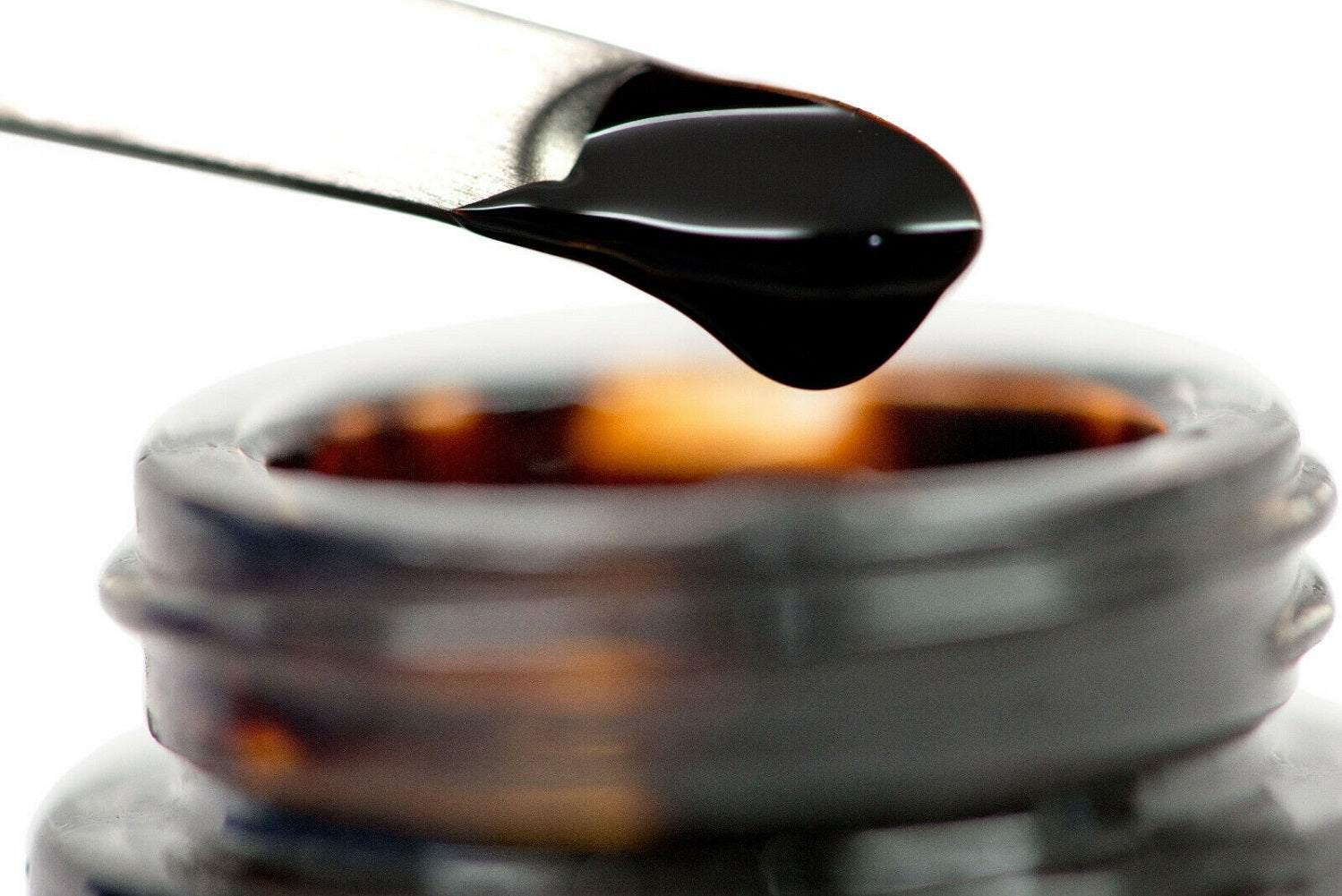Pyrroloquinoline Quinone (PQQ)
The exploration of natural compounds for therapeutic purposes has always been a rich field for scientific discovery, particularly in the realm of combating viral infections and addressing mitochondrial dysfunctions. Pyrroloquinoline quinone (PQQ) is a small quinone molecule that has been identified as a redox cofactor in bacteria, meaning it helps in the process of oxidation-reduction (redox) reactions, which are vital for cellular energy production and metabolism. PQQ is also considered a novel vitamin-like compound with antioxidant properties, found in various foods. It is believed to support mitochondrial health, which plays a crucial role in energy production, and may have neuroprotective and cardioprotective benefits.
Understanding Pyrroloquinoline Quinone (PQQ)
PQQ is a compound that has been associated with a broader category of natural compounds with potential health benefits. It is a small quinone molecule with a unique redox capability, allowing it to serve as a REDOX agent in biological systems, participating in reduction and oxidation reactions. This capability is particularly relevant to mitochondrial function, where PQQ can influence energy production and antioxidant processes.
Mechanisms Against Viruses
The antiviral potential of compounds like PQQ lies in their ability to interfere with various stages of the viral life cycle. By inhibiting viral entry into host cells, replication of viral RNA or DNA, or assembly and release of viral particles, such compounds can significantly reduce viral load and mitigate the effects of viral infections. The mechanism may involve direct interactions with viral components or modulation of host cell signaling pathways essential for viral replication. This broad-spectrum activity against viruses underscores the potential of such compounds in antiviral therapy.
Enhancing Mitochondrial Health
Mitochondria play a critical role in energy production, cellular signaling, and programmed cell death mechanisms. Compounds that can enhance mitochondrial function or protect mitochondria from oxidative stress can contribute to better cellular health and resilience against a range of diseases. PQQ, for instance, is known for its antioxidant properties, which can neutralise free radicals and reduce oxidative damage to mitochondria. Furthermore, it may promote mitochondrial biogenesis, improving cellular energy production efficiency. Terpenes are organic compounds produced by a myriad of plants and are chiefly responsible for their aromatic properties, which our Shilajit is rich in. However, their significance extends far beyond their sensory impact. Scientifically, terpenes have been recognised for their broad spectrum of biological activities, including but not limited to anti-inflammatory, antioxidant, analgesic, and antiviral effects. The therapeutic potential of terpenes largely derives from their ability to interact with cellular pathways, influence membrane permeability, and exert direct effects on various biomolecules.
Research and Direction
Shilajit, a complex natural substance found primarily in the mountains of the Himalayas, Altai, and Caucasus, is renowned for its rich composition of minerals and bioactive compounds, including fulvic acid, humic substances, and various trace elements. The interest in Shilajit as a dietary supplement and therapeutic agent has increased due to its potential health benefits, which range from enhancing physical performance and recovery to supporting mitochondrial function and overall vitality. Among the bioactive compounds of interest in Shilajit, pyrroloquinoline quinone (PQQ) stands out for its unique properties related to energy metabolism and cellular protection.
Specificity of PQQ in Shilajit
The presence and concentration of PQQ in Shilajit are influenced by several factors, including the geographical location of its source, the altitude at which it is collected, and the specific environmental conditions to which the organic matter was exposed over centuries. It's believed that only certain types of Shilajit, particularly those harvested at high altitudes, contain significant levels of PQQ. This specificity can be attributed to the unique ecological conditions at high altitudes, where the combination of extreme temperatures, solar radiation, and the presence of specific microorganisms may favor the formation of PQQ within the Shilajit matrix.
Testing and Quantification of PQQ
Given the variability in PQQ content among different Shilajit samples, it is crucial to test and quantify the amount of PQQ in parts per million (PPM) to ensure its effectiveness as a dietary supplement or therapeutic agent. Accurate quantification of PQQ in Shilajit requires sophisticated analytical techniques, such as high-performance liquid chromatography (HPLC) or mass spectrometry, which can detect and measure the precise concentration of this bioactive compound. This rigorous testing ensures that only Shilajit products with sufficient levels of PQQ, capable of delivering therapeutic benefits, reach consumers.
EHC Sport Destroyer of Weakness Shilajit
Our Destroyer of Weakness Shilajit comes rich in PQQ, harvested from specific high-altitude regions known for producing Shilajit with optimal concentrations of bioactive compounds. Destroyer of weakness is third party lab tested and verified. The inclusion of PQQ in such products is a significant factor in their purported efficacy, contributing to their ability to support mitochondrial health, energy production, and overall wellness. However, it's important for consumers to look for products that provide transparent information about the sourcing, testing, and quantification of PQQ content to ensure they are receiving a product that meets their health and wellness needs.


Share:
Lactoferrin: The Secret Ingredient in EHC Sport’s Grass-Fed Whey Protein
Reishi Mushroom Extract: An In-depth Exploration